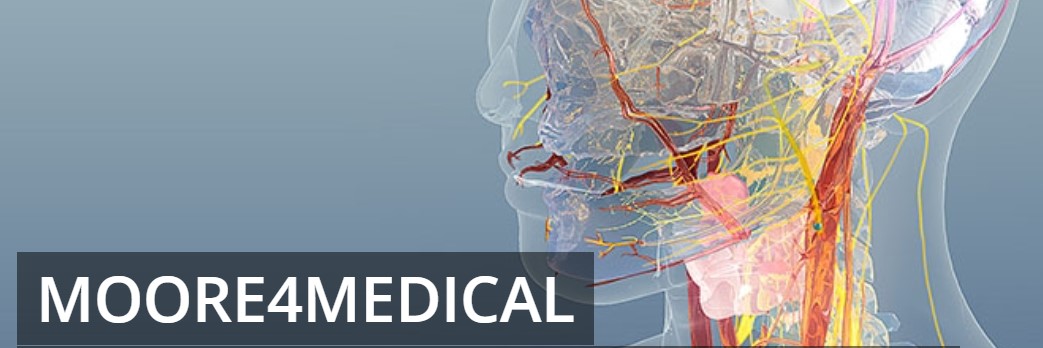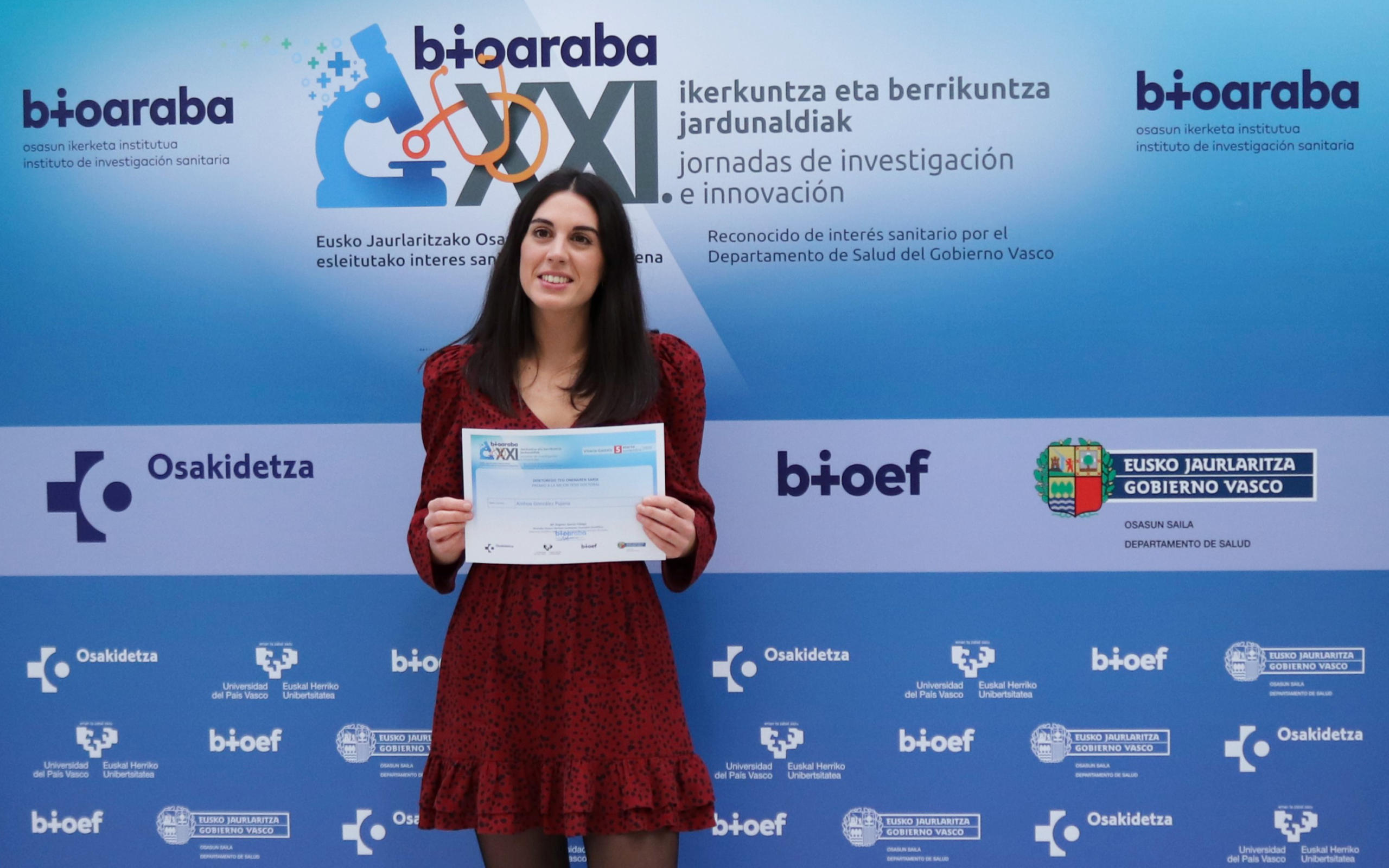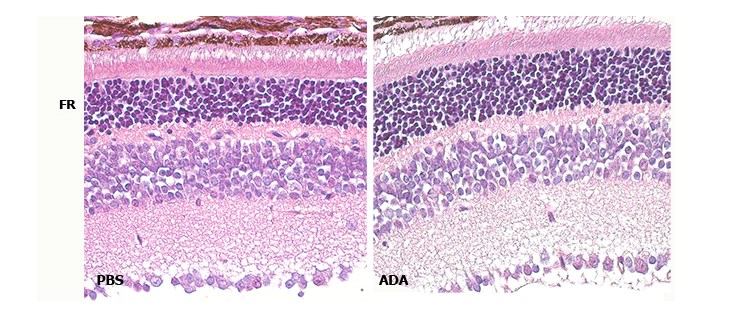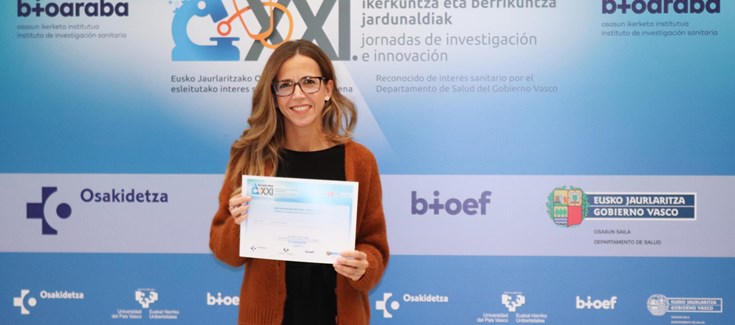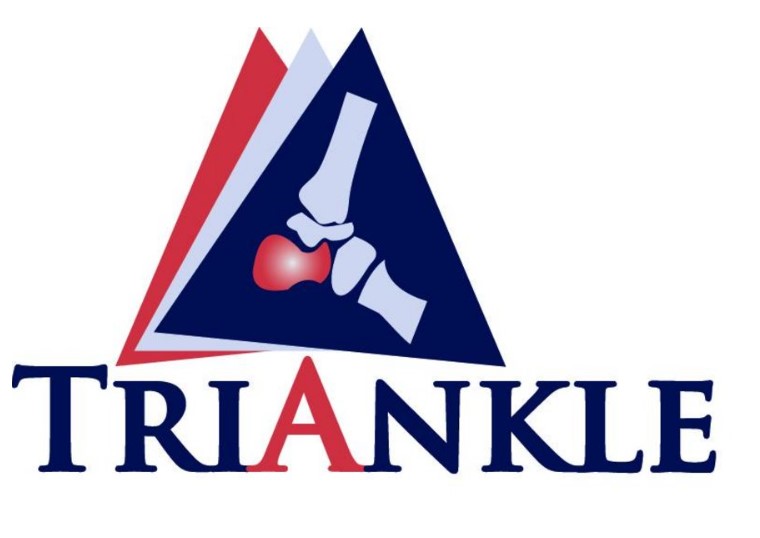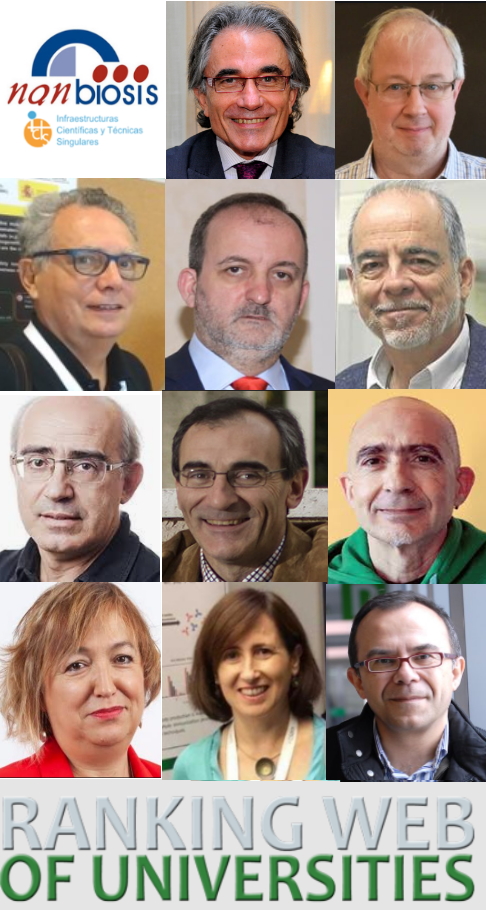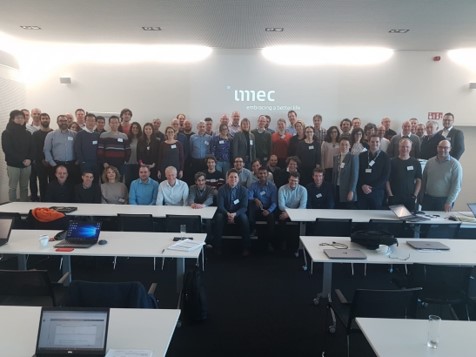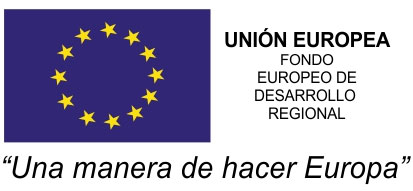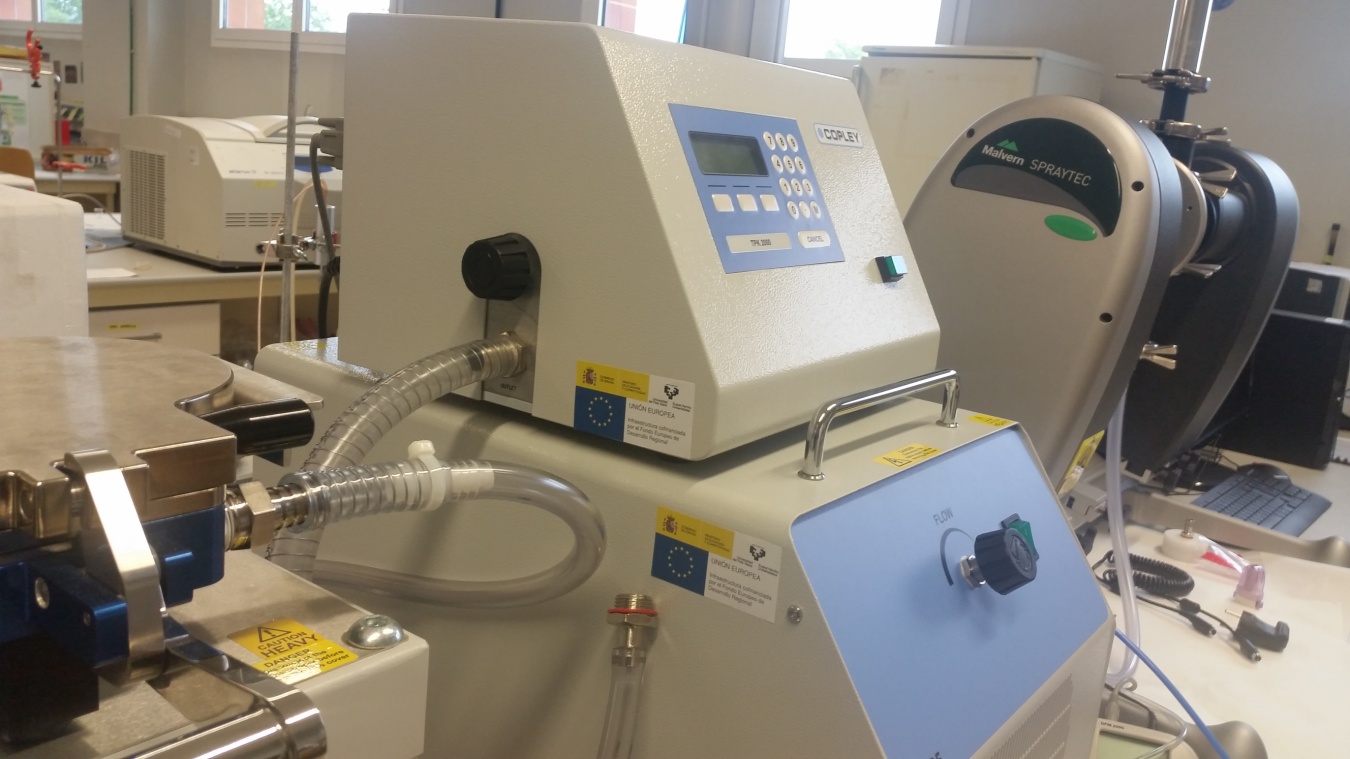Moore4Medical a project to accelerate innovation in electronic medical devices
The NanoBioCell group, led by Prof. Jose Luis Pedraz, participates in the European project Moore4medical. A project to accelerate innovation in emergencing medical devices with open tecnhology platforms. The NanoBiocel group, will focus on the lyophilization process of biopharmaceuticals and their use in microfluidic devices
The NanoBiocel research group of the University of the Basque Country / Euskal Herriko Unibertsitatea, which is part of the CIBER BBN and the ICTS Nanbiosis through the U10 Drug Formulation Unit, and led by Professor Jose Luis Pedraz of the Faculty of Pharmacy, participates in the European project Moore4medical, which aims to accelerate innovation in electronic and microfabricated devices for several emerging medical specialties. Specifically, the work of the NanoBiocel group will focus on optimizing the lyophilization process of biopharmaceuticals in microfluidic devices.
The three-year Moore4Medical project is funded by the public-private partnership ECSEL (Electronic Components and Systems for European Leadership), which manages a research and innovation program to strengthen the electronic components and systems sector to maintain to the European Union at the forefront of technological development. The total financing of the project amounts to € 68M, of which more than half a million have been awarded to the work of NanoBiocel.
In Moore4Medical, 68 partners participate (between private companies, universities and research institutions) from 13 countries and is led by the Dutch multinational Philips in its electronics and medical systems and service innovation divisions.
Microfluidic device
The NanoBioCell group will work, together with the Mondragón company microLIQUID, in the development of technology for integrating lyophilized drugs and their rehydration in a microfluidic device for their correct administration. The lyophilized drug will be integrated into the microfluidic device using specific techniques to ensure a good interaction between the fluid and the drug for delivery by the pump. The final objective is to design a system for the administration of drugs by parenteral route that is much more comfortable for patients and that improves the therapeutic compliance of treatments.
The microLIQUID company is a leading biotechnology company in the microfluidic technologies sector and will be in charge of the design and development of microfluidic modules.
In this work called ‘Drug Adherence’, integrated within the total project, the NanoBioCel group will team up with the Irish national institute Tyndall, the multinational pharmaceutical company AbbVie, the Fraunhofer Institute of Germany, the service innovation section of Philips, the company German Gaudlitz GmbH, specialist in polymers, the Karlsruhe Technological Institute in Germany and the HI Iberia company in Madrid.
